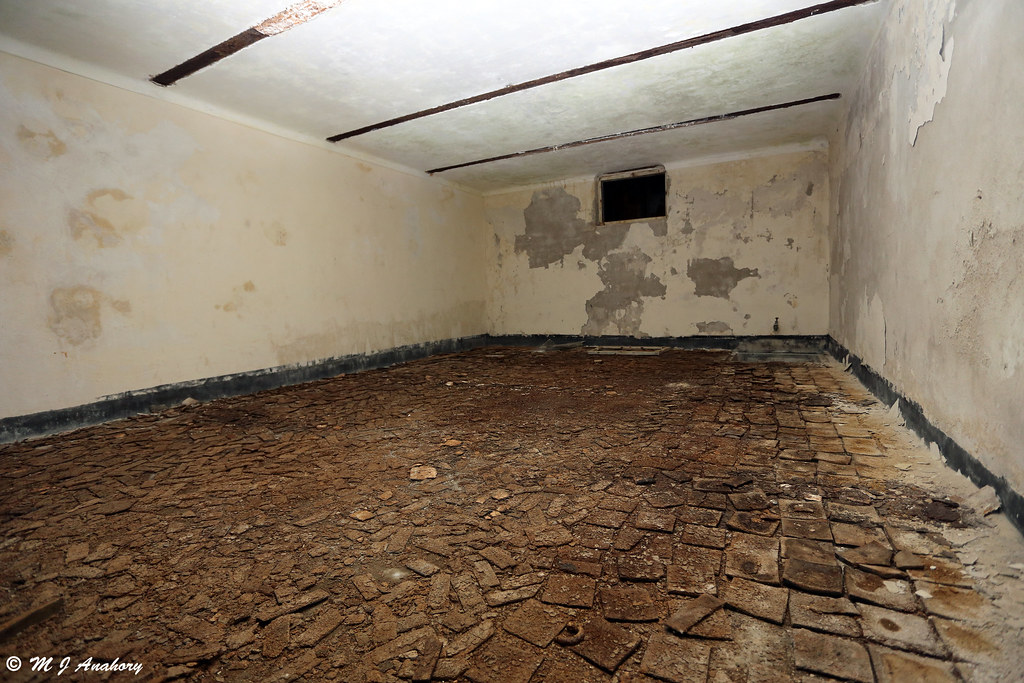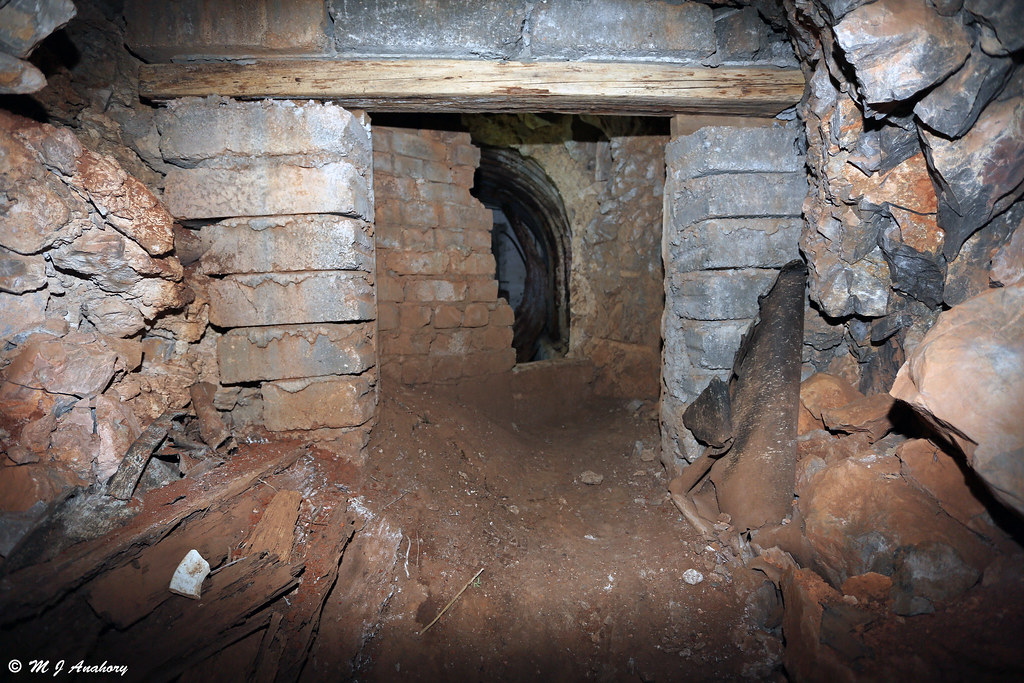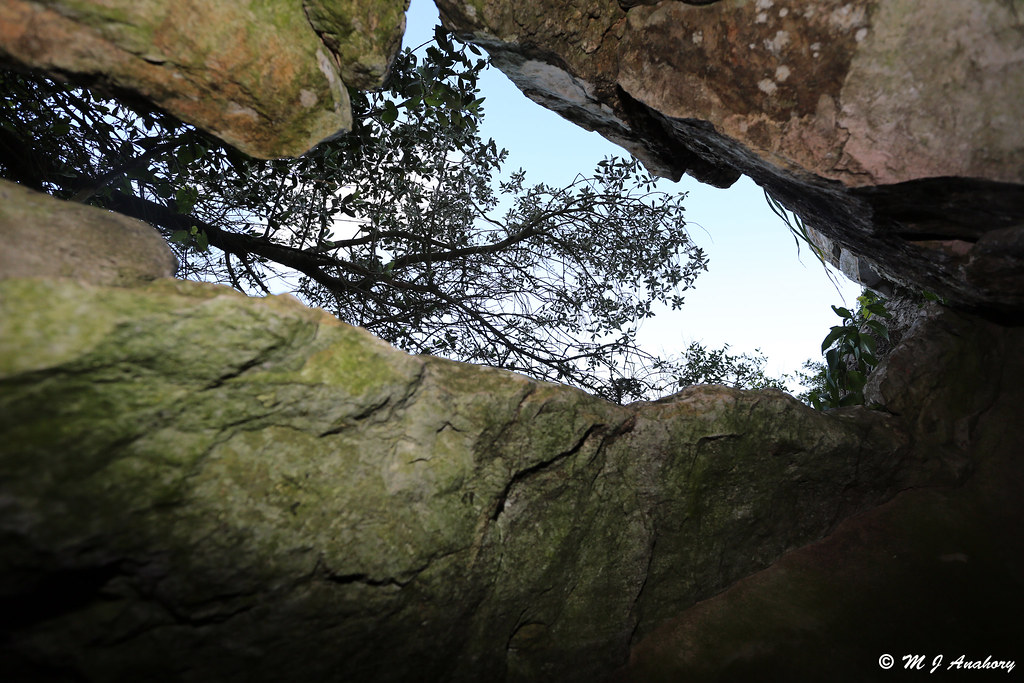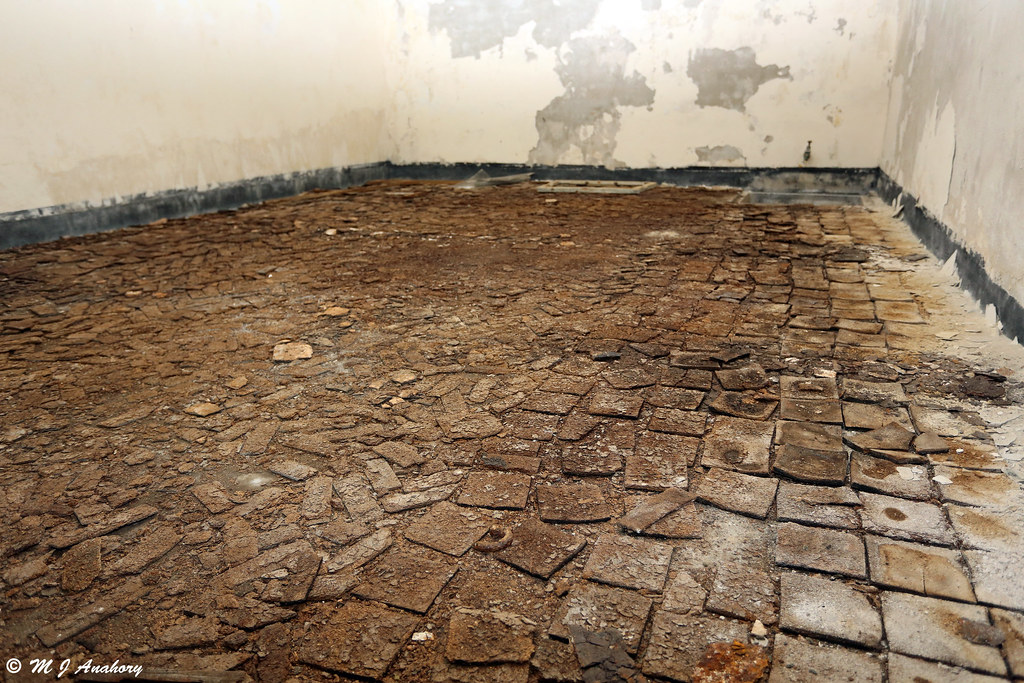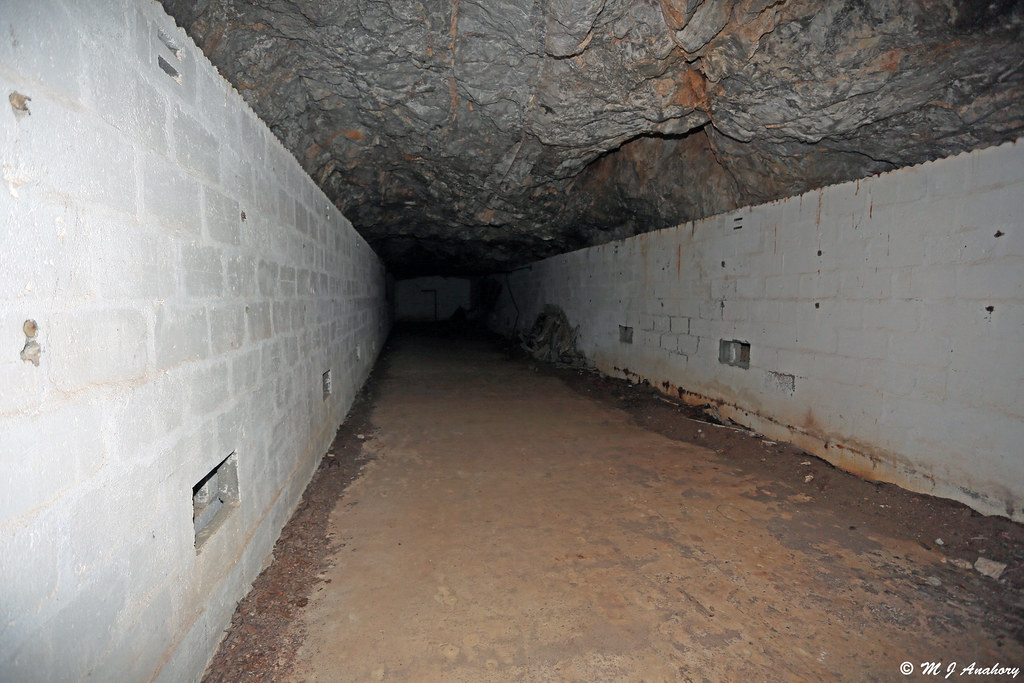Glass Painting Ideas For Beginners
Art
Glass painting ideas for beginners is a charming idea that has a lot
of appeal, but many of us stay away from it on the assumption that it is
not easy to do. We often tend to make an assumption based on the kind
of artistic pieces that we see created by experts, but if you are really
interested, then you should explore ideas for beginners. Take for
instance glass painting ideas for beginners, it can be pretty easy to do
once you have the basic techniques down pat. It is in any case that
difficult to learn the basic techniques given that we live in the era of
plentiful information online. You might as well start with something
smaller like artistic wine glass painting ideas
which will get you started on the right note. Once you have done some
smaller glass painting projects, then you can move onto bigger ones.


Glass painting ideas for beginners



For instance, you can look up glass painting patterns ideas and designs. After all, it is not every day that you get to look at glass painting ideas for beginners. Painting on glass objects is a fascinating project that will have you absorbed.



Start angular: When you are starting to painting on glass surfaces it is best to start with something that is easy on the hand. We are in no way implying that you may not be able to handle complicated stuff, but just that, it is good to start with something easy and then move on to bigger stuff, which is why we are advising you to go for drawings that have straight lines and angles. In fact, you can use such stuff to create surrealistic paintings of natural settings like a forest or even a mosaic.





Go for asymmetrical shapes and layers: Another way to make your glass painting ideas especially for beginners is by painting a simple object like a bird or flower in the middle and then surround them with asymmetrical shapes and layers to form a frame for the object you have painted. This is easy to do and will look as if you are an expert. You can even create trees and waterbodies using this simple yet distinctive feature





Use stencils: There is no shame is using stencils of different shapes and objects to paint in on the glass. It is not as if everybody is an expert painter but this should not prevent one from trying to create something extremely beautiful. For instance, you can paint a glass bowl with fishes, shells and flora to create a lovely habitat.





Use metallic paints: You can paint round or oval glass shapes with solid colors and then outline them with metallic paint to make it look classy and give it an antique finish. People will soon be exclaiming over the way you have done this kind of work and assume that you are an expert artist who is very good at painting on glass.





Simple lines and simple shapes: Sometimes the simplest of lines and shapes can be used to create complicated art. For instance, simple lines to show the stem and basic flower shapes when done on art can create a charming effect. Add some solid color touches at intermittent spaces to make it look as if you are adding rocks and leaves for more realistic detail.





Use black and white: To create a snow-covered scenario, you can use simple black and white to show a snow covered area with trees and other things charmingly dotted around the landscape.







As you can see from the images here, there is indeed a wide range of glass painting ideas even if you are beginner.

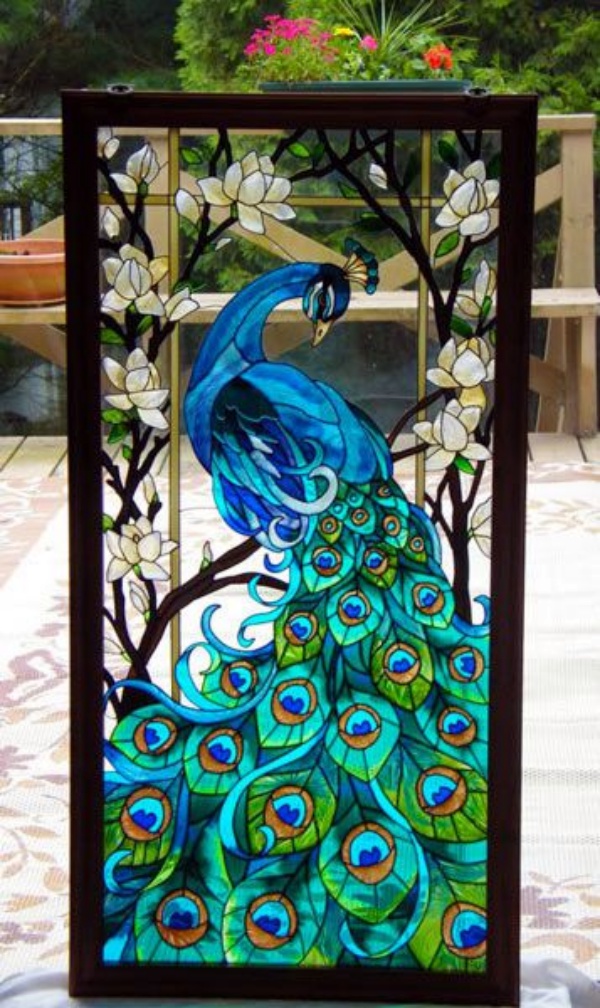
Glass painting ideas for beginners

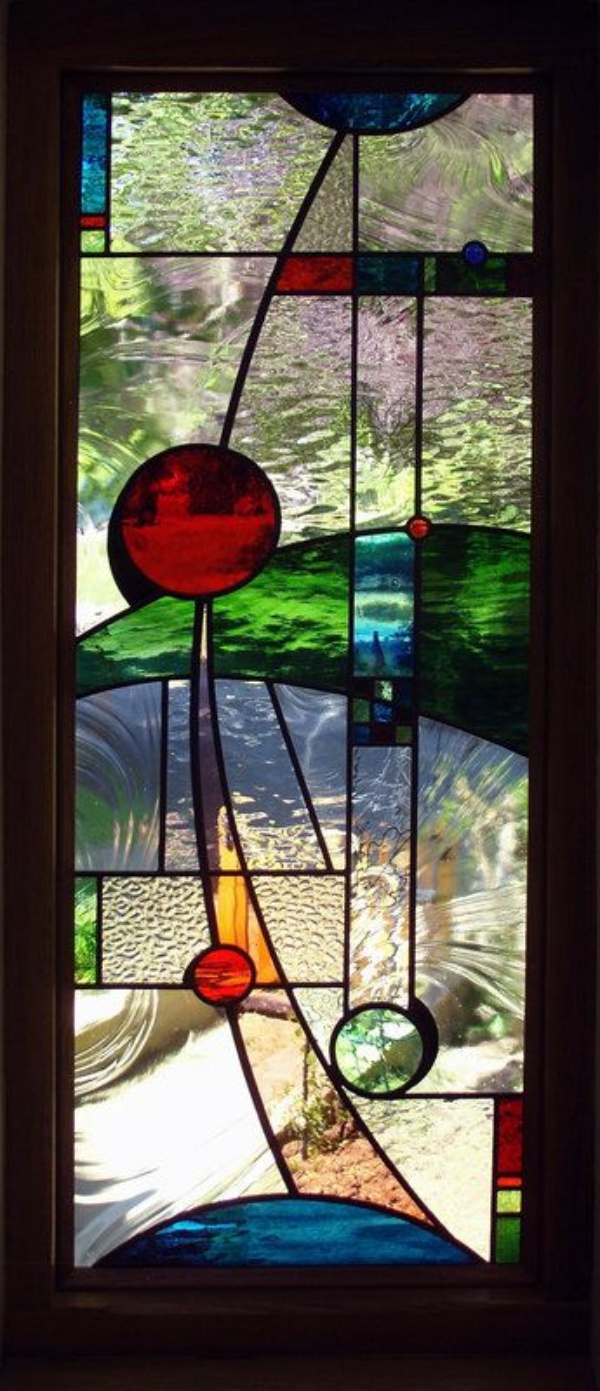

For instance, you can look up glass painting patterns ideas and designs. After all, it is not every day that you get to look at glass painting ideas for beginners. Painting on glass objects is a fascinating project that will have you absorbed.

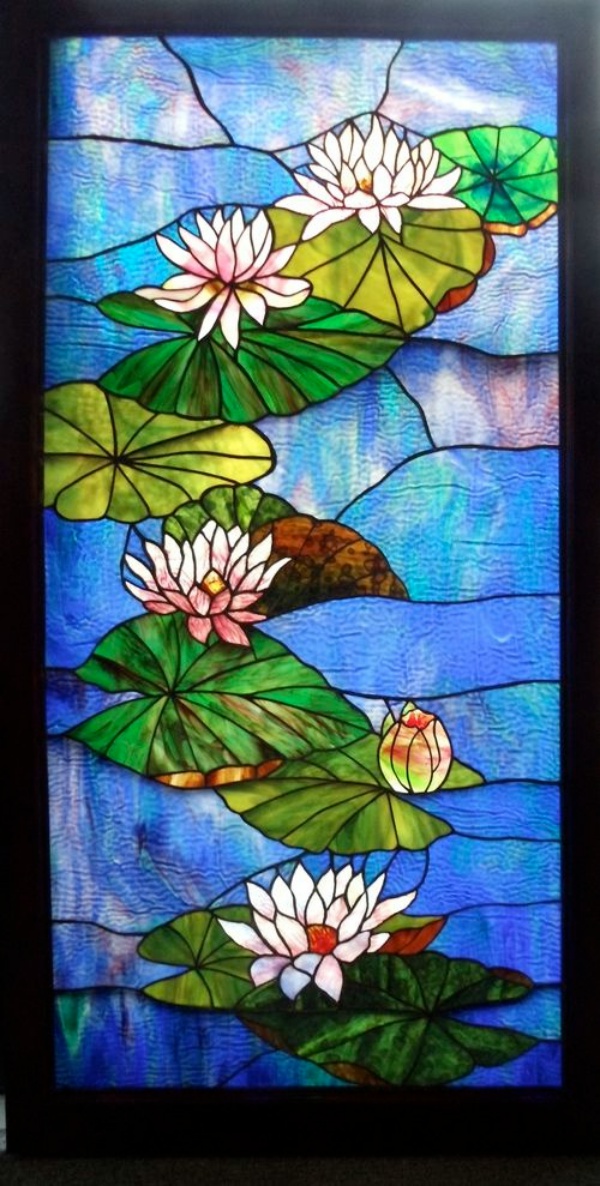
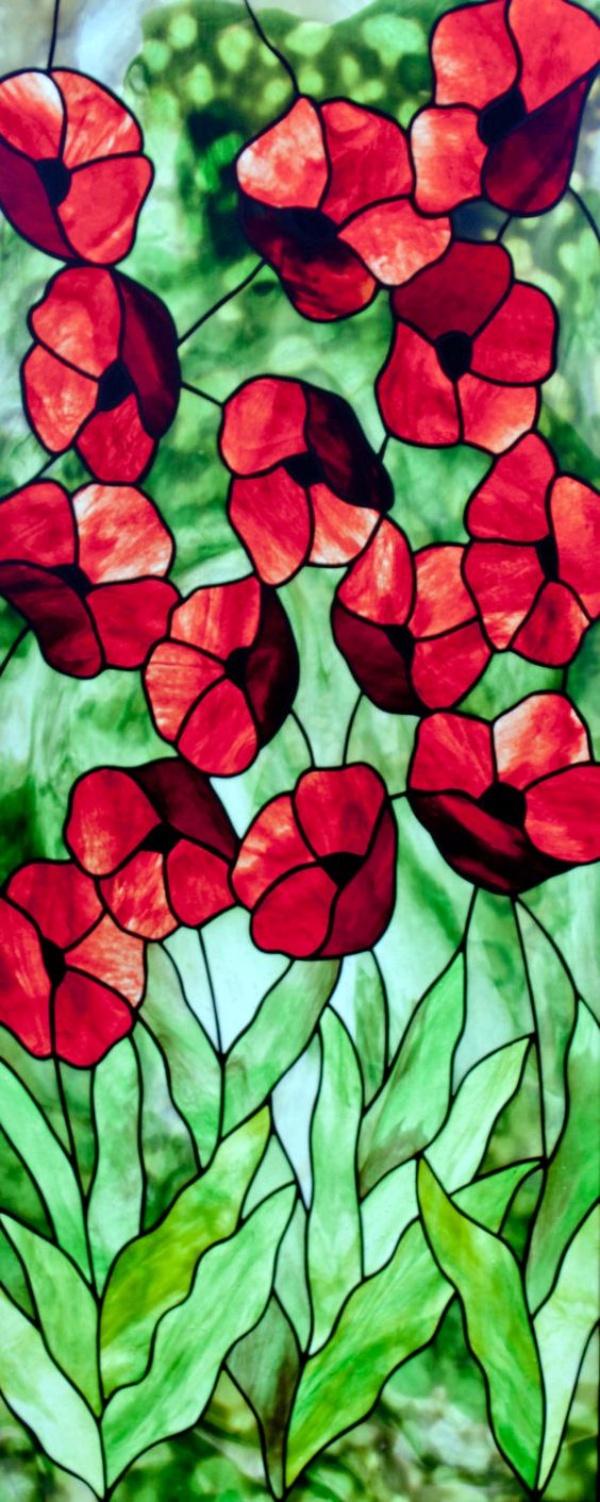
Start angular: When you are starting to painting on glass surfaces it is best to start with something that is easy on the hand. We are in no way implying that you may not be able to handle complicated stuff, but just that, it is good to start with something easy and then move on to bigger stuff, which is why we are advising you to go for drawings that have straight lines and angles. In fact, you can use such stuff to create surrealistic paintings of natural settings like a forest or even a mosaic.
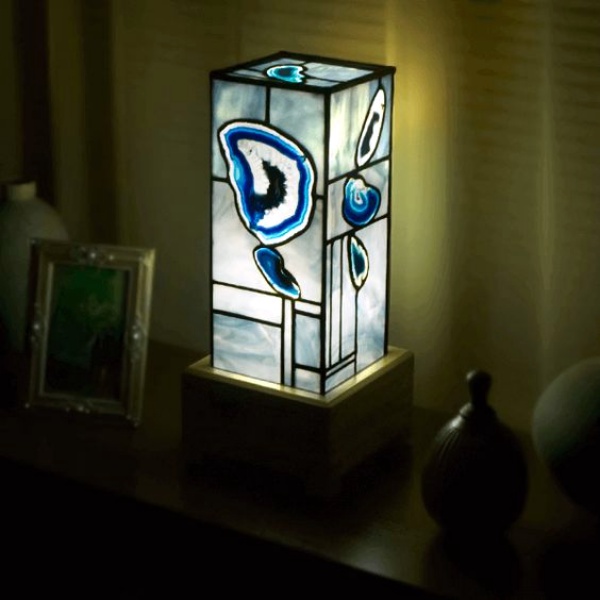

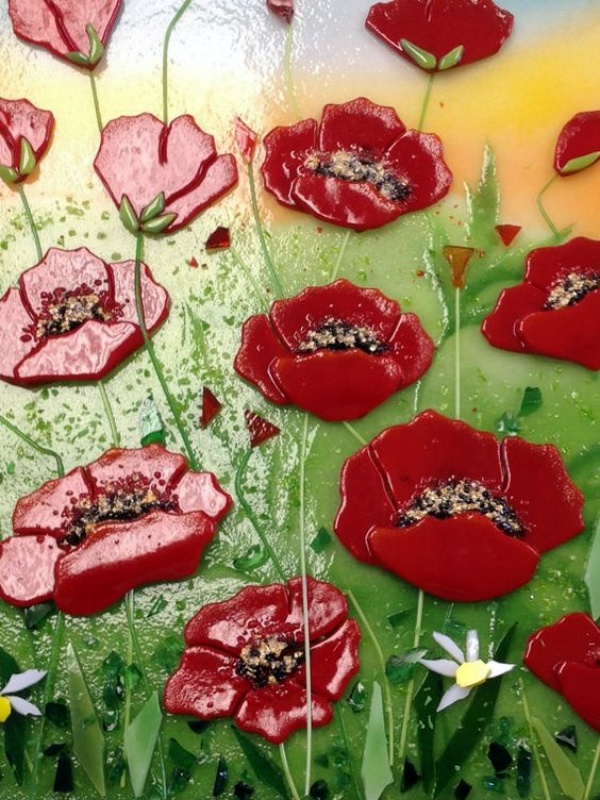


Go for asymmetrical shapes and layers: Another way to make your glass painting ideas especially for beginners is by painting a simple object like a bird or flower in the middle and then surround them with asymmetrical shapes and layers to form a frame for the object you have painted. This is easy to do and will look as if you are an expert. You can even create trees and waterbodies using this simple yet distinctive feature

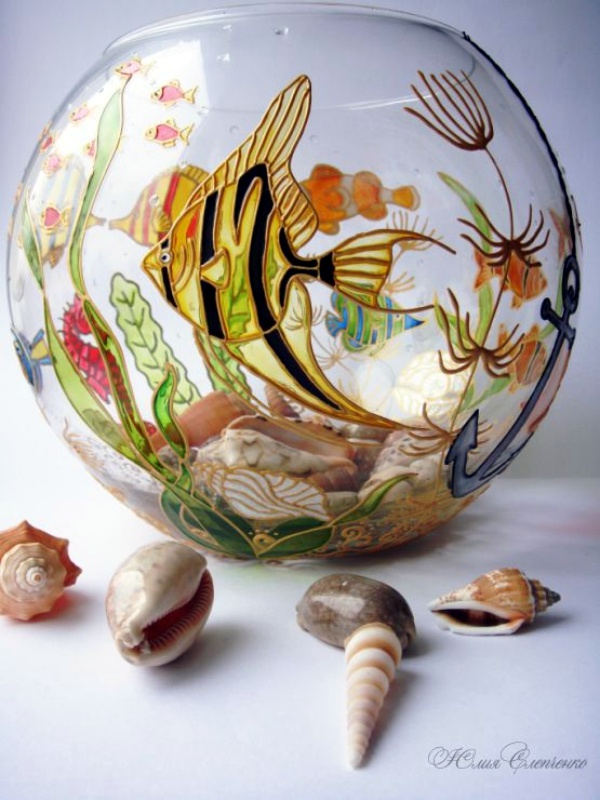

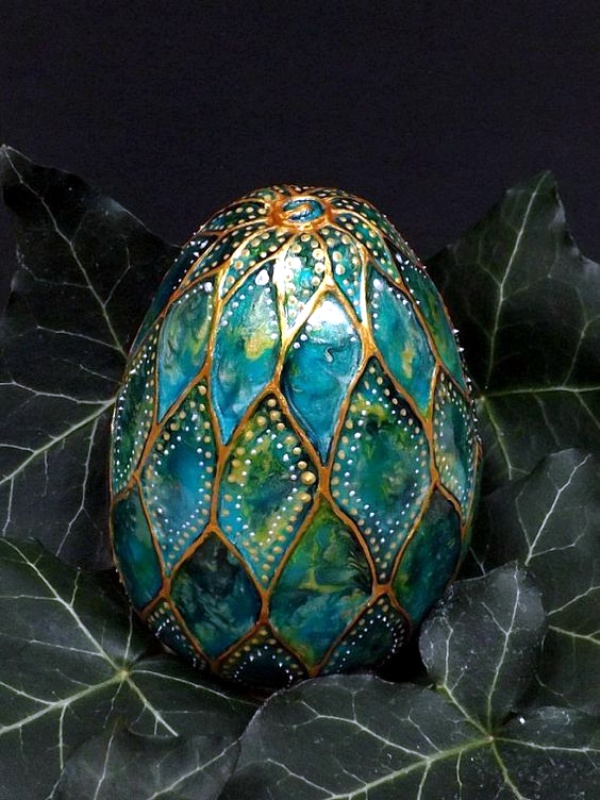
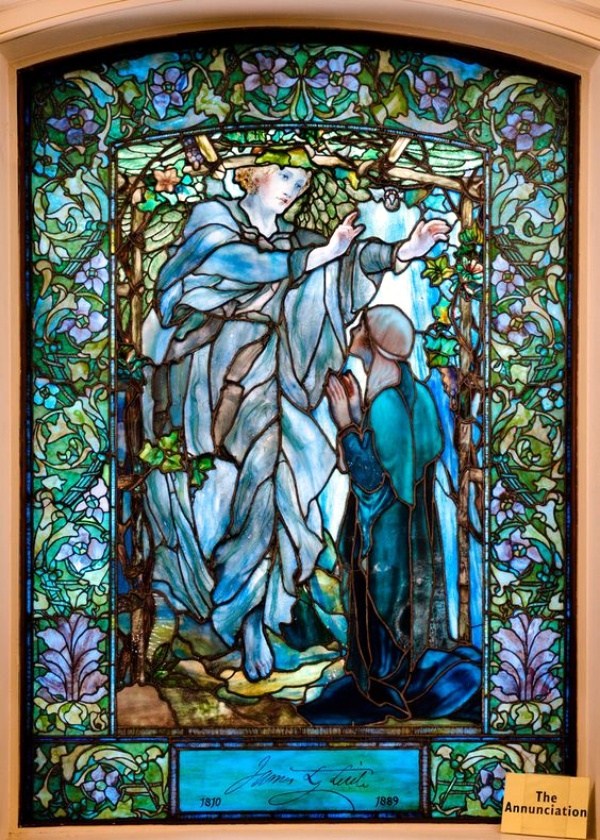
Use stencils: There is no shame is using stencils of different shapes and objects to paint in on the glass. It is not as if everybody is an expert painter but this should not prevent one from trying to create something extremely beautiful. For instance, you can paint a glass bowl with fishes, shells and flora to create a lovely habitat.
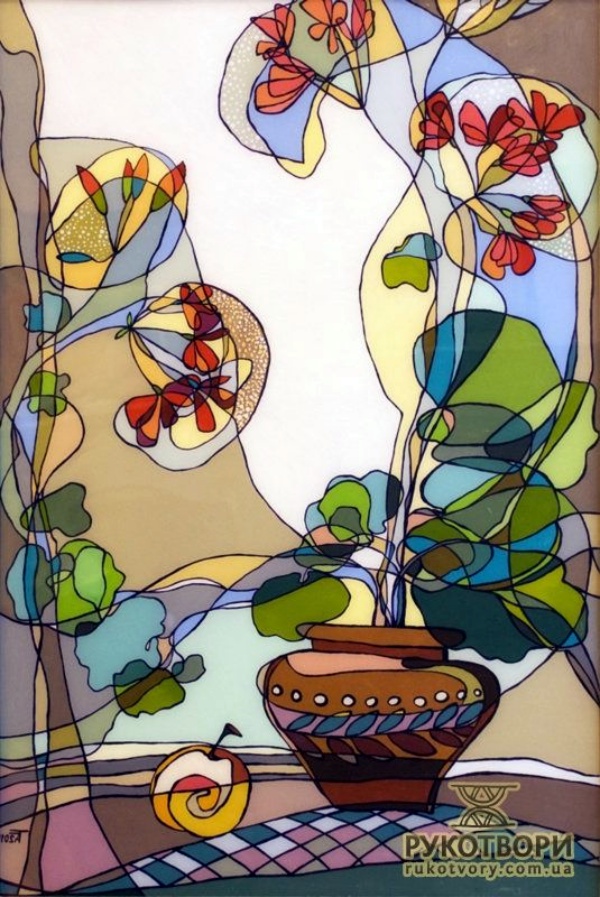



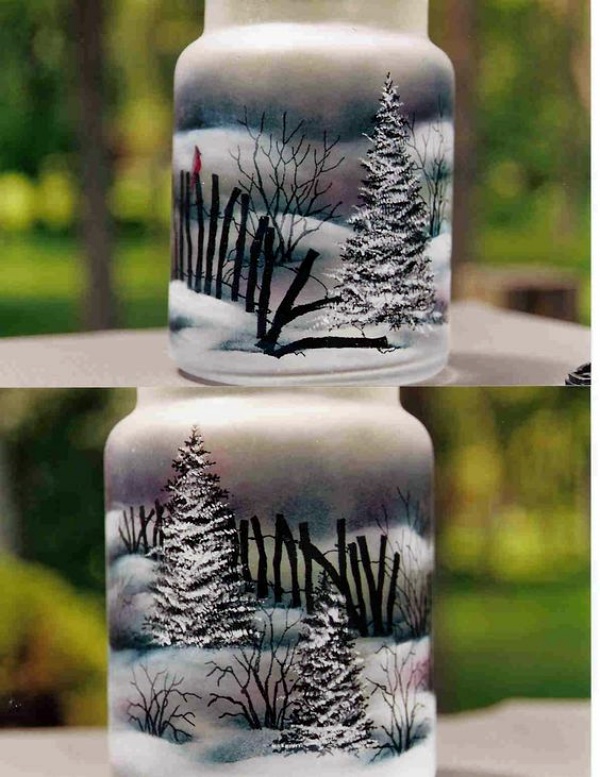
Use metallic paints: You can paint round or oval glass shapes with solid colors and then outline them with metallic paint to make it look classy and give it an antique finish. People will soon be exclaiming over the way you have done this kind of work and assume that you are an expert artist who is very good at painting on glass.

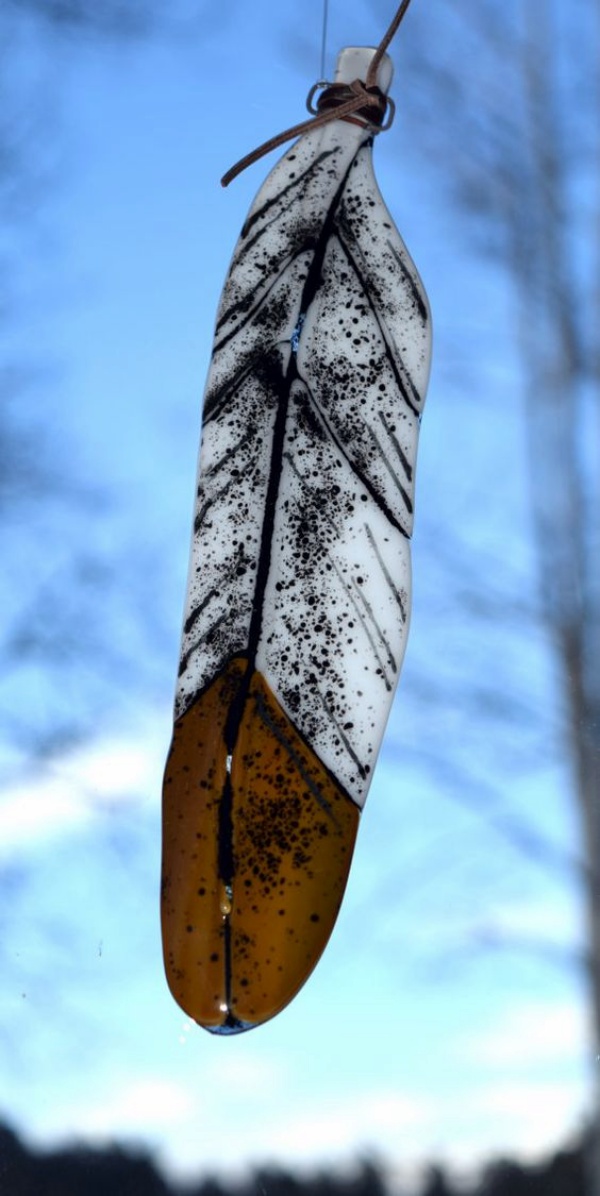



Simple lines and simple shapes: Sometimes the simplest of lines and shapes can be used to create complicated art. For instance, simple lines to show the stem and basic flower shapes when done on art can create a charming effect. Add some solid color touches at intermittent spaces to make it look as if you are adding rocks and leaves for more realistic detail.

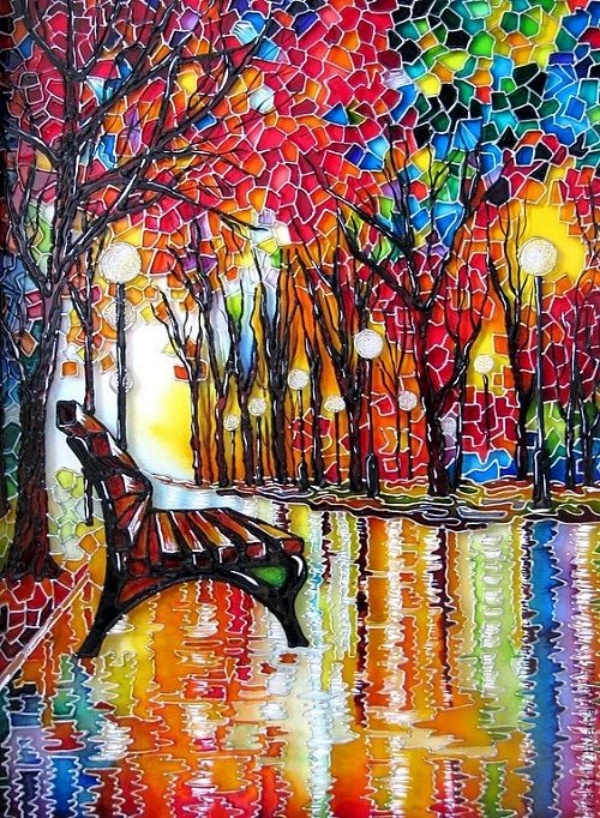

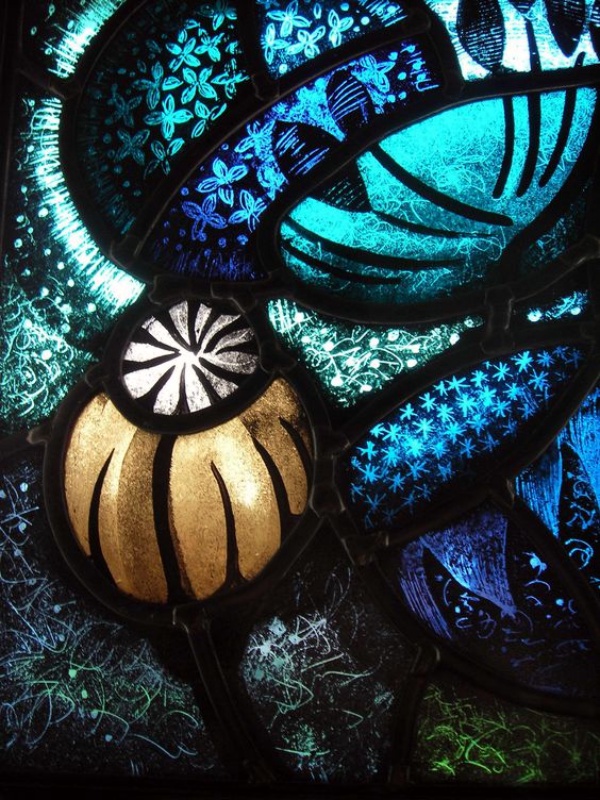

Use black and white: To create a snow-covered scenario, you can use simple black and white to show a snow covered area with trees and other things charmingly dotted around the landscape.

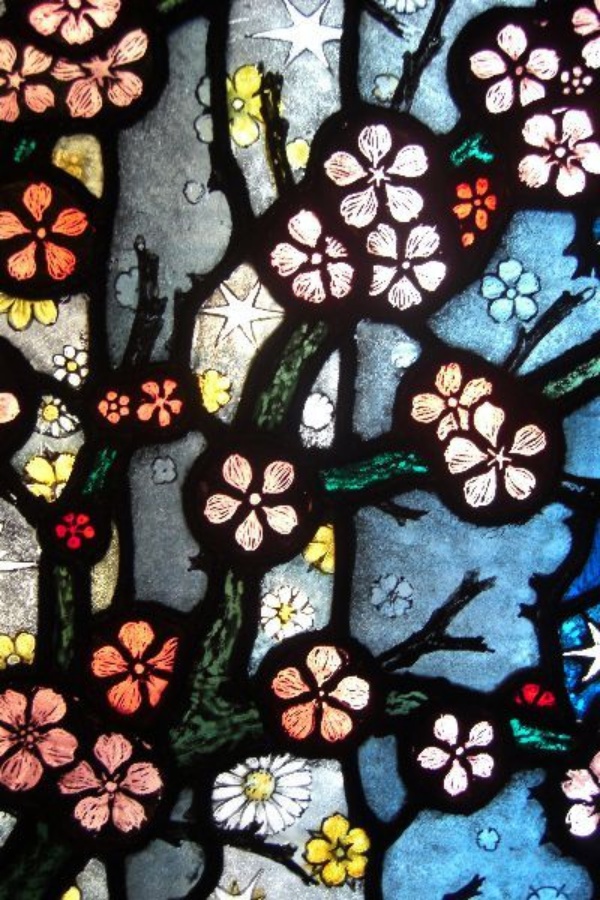
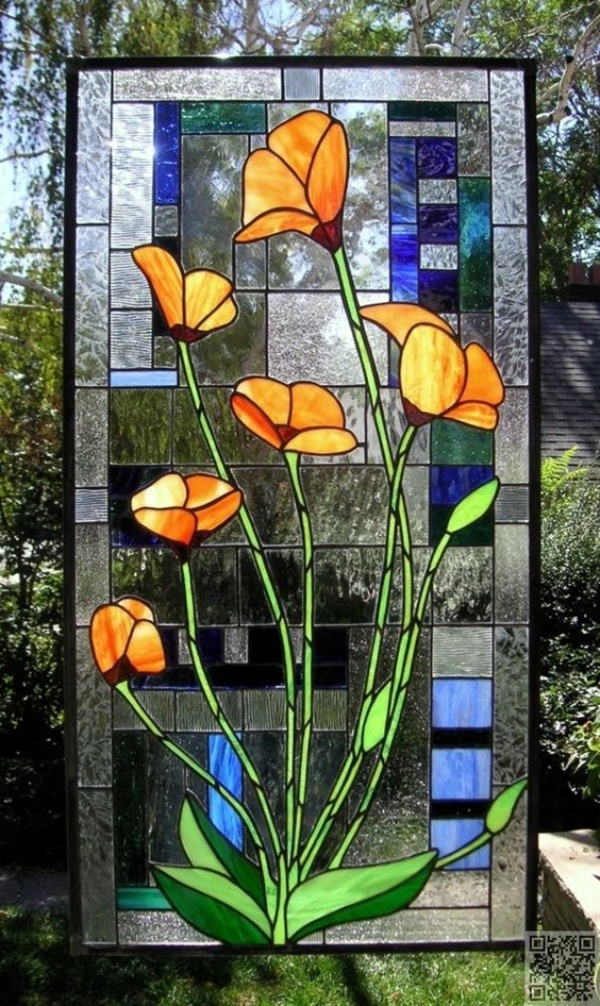




As you can see from the images here, there is indeed a wide range of glass painting ideas even if you are beginner.
